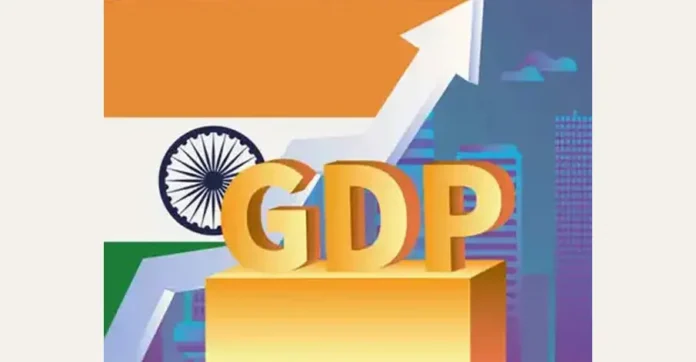
On Tuesday, the World Bank raised its growth forecast for India for FY25 to 7%, up from its previous estimate of 6.6%. The upward revision reflects the Indian government’s sustained capital expenditure on infrastructure, increased household investments in real estate, a better-than-expected monsoon, strong agricultural output, and a rise in private consumption.
The World Bank, headquartered in Washington, remains optimistic about India’s medium-term prospects, pointing to robust revenue growth and continued fiscal consolidation despite global economic uncertainties. The bank’s projections also suggest a decline in India’s debt-to-GDP ratio, from 83.9% in FY24 to 82% by FY27. Furthermore, it expects the current account deficit to remain between 1% and 1.6% of GDP until FY27.
“Amid geopolitical uncertainties and relatively restrictive monetary policy, the global economic activity experienced a deceleration in 2023 to 2.6%. India showed extraordinary resilience against challenging external conditions and grew at 8.2% in FY24, as the fastest growing major economy in the world,” stated the World Bank in its latest India Development Update (September 2024). The report also noted that the urban labor market has gradually improved post-pandemic, although youth unemployment remains elevated at around 17%. The forecast for India’s growth remains strong, with an anticipated rate of 7% in FY25 and an average of 6.5% between FY25 and FY27.
Last week, Moody’s also upgraded its growth forecast for India to 7.2% for 2024 and 6.6% for 2025, while the International Monetary Fund (IMF) raised its FY25 GDP growth projection by 20 basis points to 7% in July.
The Reserve Bank of India (RBI) similarly estimates GDP growth at 7.2% for FY25. Following the release of the India Development Update, Auguste Tano Kouame, the World Bank’s Country Director for India, expressed confidence in India’s continued growth trajectory. “If you look at India’s data over the last few years, you can see a dynamic country. The story of India is the story of success despite adversaries,” Kouame noted, adding that this success depends on continued policy reforms.
Kouame further emphasized India’s strong growth prospects, coupled with declining inflation, as key to reducing extreme poverty. He also pointed out that India could accelerate its growth by leveraging its global trade potential. “In addition to IT, business services, and pharma where it excels, India can diversify its export basket with increased exports in textiles, apparel, and footwear sectors, as well as electronics and green technology products,” he added.
India’s GDP growth moderated to 6.7% annually in Q1 FY25, down from 7.8% in the previous quarter, according to data from the statistics ministry. This deceleration was mainly due to a reduction in government capital expenditure amid the general elections and a decline in urban consumer confidence. However, gross value added (GVA) increased to 6.8%, up from 6.3% in the previous quarter, reflecting stronger business activity.
The World Bank also projected India’s retail inflation, measured by the Consumer Price Index (CPI), to rise by 4.5% in FY25, 4.1% in FY26, and 4% in FY27, aligning with the RBI’s target.




